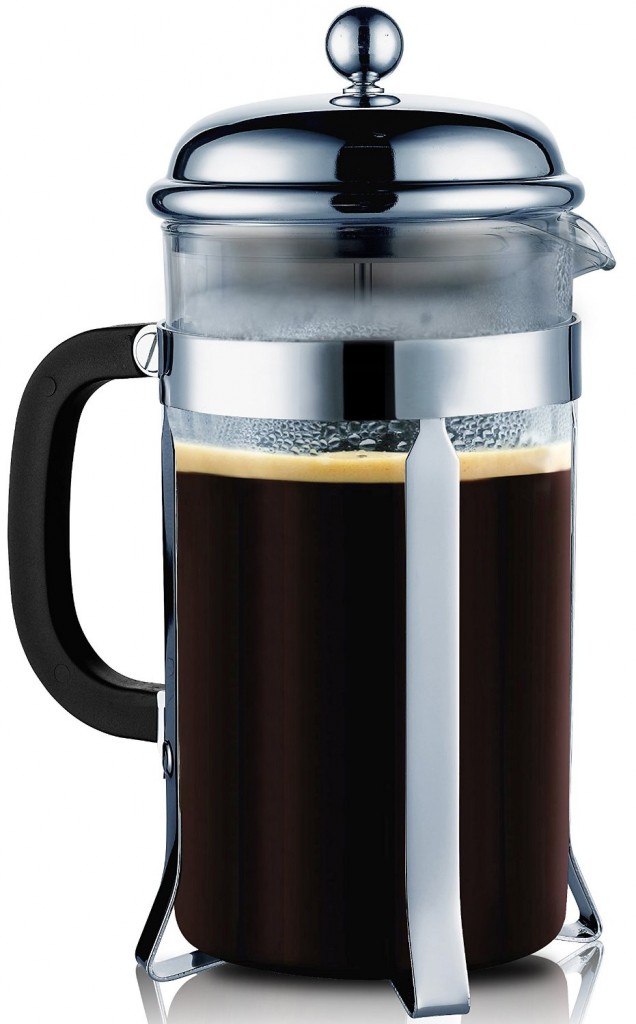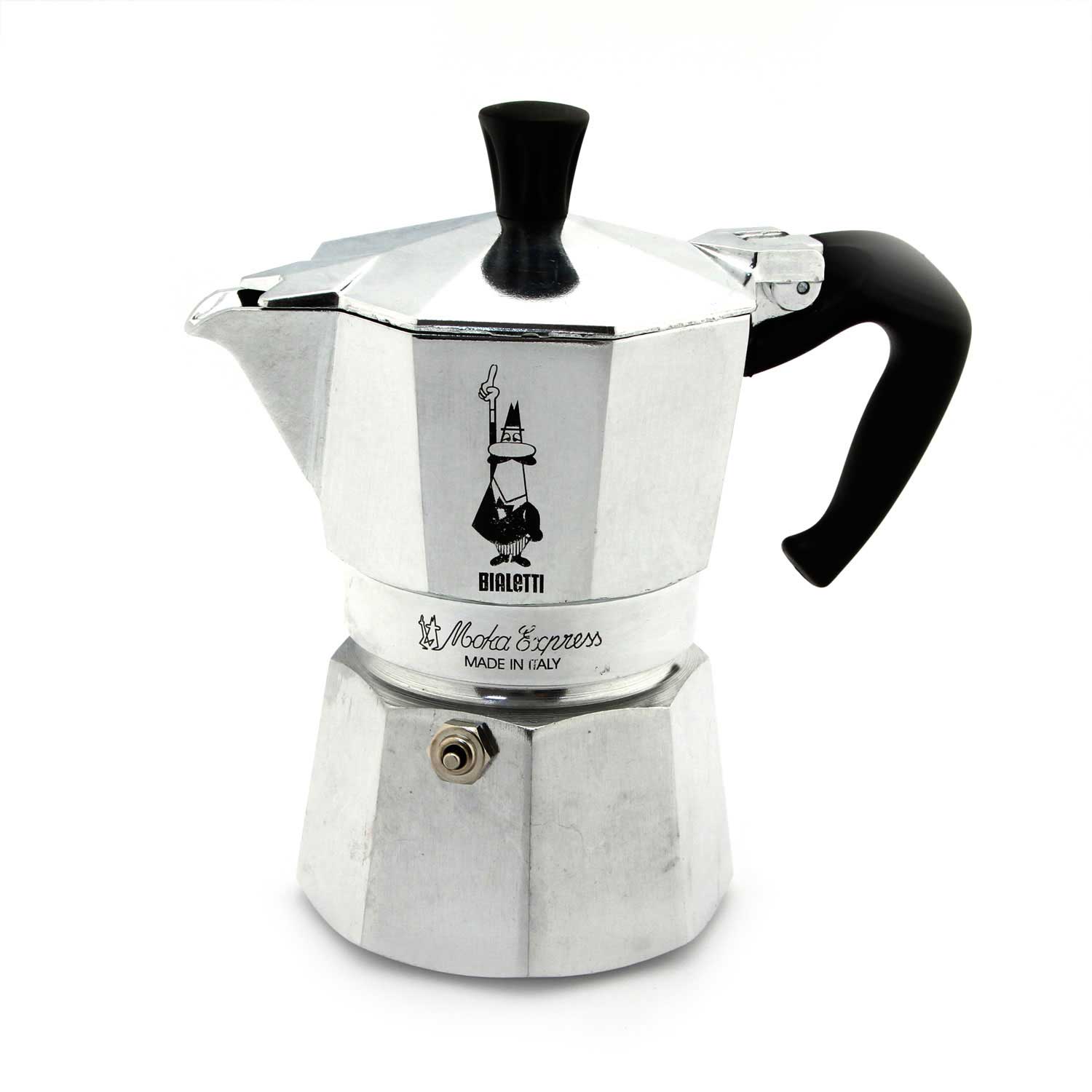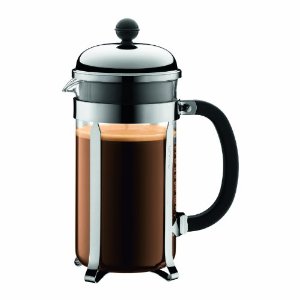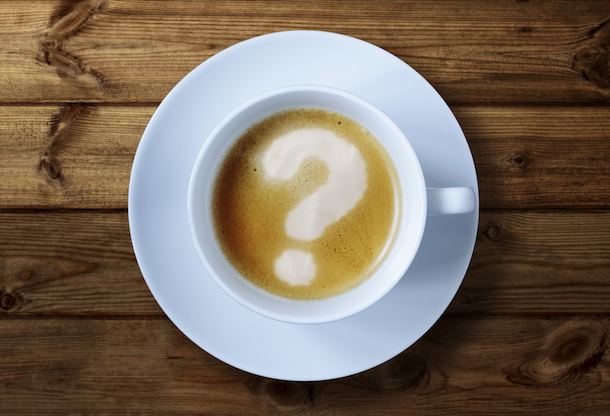Coffee is universal—people from all over the world cannot start their day right without a dose of this well-loved beverage. But this tasty, fragrant drink is more than just a source of caffeine. These days, the process of making a cup is considered an art and there are plenty of ways that one can brew his or her favorite cup of joe.
There are three old-school, buzzed-about methods among coffee enthusiasts and they are the percolator, the French press and the moka pot. In this article, we are going to discuss the ways in which these nifty machines churn out coffee and their corresponding advantages.
French Press
The french press is a kind of coffee pot that has a sizable glass cylinder which includes a flat filter connected to a lengthy handle on its lid. The whole set-up lets users place the coffee grounds in the bottom of the device, position the filter on top and pour in hot water.
To use the press, first you should take away and rinse the plunger with hot water. You might also prefer to fill up the glass pot and cups with hot water before using to keep your coffee hot. Following this procedure, you can now dispense the hot water and put the coffee grounds into the bottom of the device.
Pour the hot (not boiling) water into the pot and set aside an inch of space at the top of the device. Mix the coffee and water with a plastic spoon then position the plunger back over the glass pot. Be certain that the lid is turned so it obstructs the pouring spout.
Do not drop the plunger at once. Let the mixture brew for a few minutes, then lower the plunger bit by bit until it’s dropped all the way to the bottom of the device. Once positioned at the bottom, you can now rotate the lid to unlock the spout and dispense your coffee.
Using a press retains the coffee oils in the mixture. This provides a rich, flavorful pot of coffee. However, some individuals are not fond of the sediment in their cups, a knock-on effect of this particular method.
A press is also a great gauge of the freshness of the coffee grounds. Once the hot water is added in the mix, fresh coffee will fizz up substantially while old coffee will not.
Percolator
This device is touted as a vintage coffee maker because it has been around since the ‘70s. Back then, it was the most popular method for brewing a cup. It’s composed of a chamber that carries the water and a lengthy tube with a filter basket located at its top end.
The filter basket of the device consists of punctured metal but there are available models which takes in paper filters. Once the filter is filled with granular coffee grounds, the water is then heated by means of a stovetop burner or a built-in electric component. As soon as the water boils, it is taken up the tube and passed through the grounds constantly.
Stove-top models like those made from tin, glass or stainless steel are the most coveted among units, especially for those who are into hiking and camping but for home use, the first choice is always the electric model. The electric type features a convenient automatic brewing sequence built for the best possible taste and flavor.
However, the percolator has its fair share of disadvantages. Enthusiasts who didn’t like this method said that the water tends to get overheated, the brew too extracted and the brewing process scatters the intricate, unstable blend into the air, leaving a rather weak cup.
Moka Pot
The device is composed of three components, mainly the chamber, a middle section which carries the coffee grounds and a top section where the brewed coffee streams into.
The moka pot is often positioned on the stove to heat the water. Because the lower chamber is hermetically-sealed, the increasing air is pushed down on the water and gets shoved up the lower tube throughout the coffee and the above tube. It gets squirted out of the tube then trickles down into the top reservoir’s bottom part.
After the procedure, the brew is ready to be dispensed. The moka pot works in the same vein as a vacuum pot, the difference being the water is pushed throughout the coffee and the brewed mixture stays put in the topmost portion of the device.
The unit is good for making a stronger cup of joe, with a rich taste and espresso-like texture. However, the process for brewing can be slow and the procedure requires more focus. In addition, the setup and cleaning afterwards are a bit more complex.







